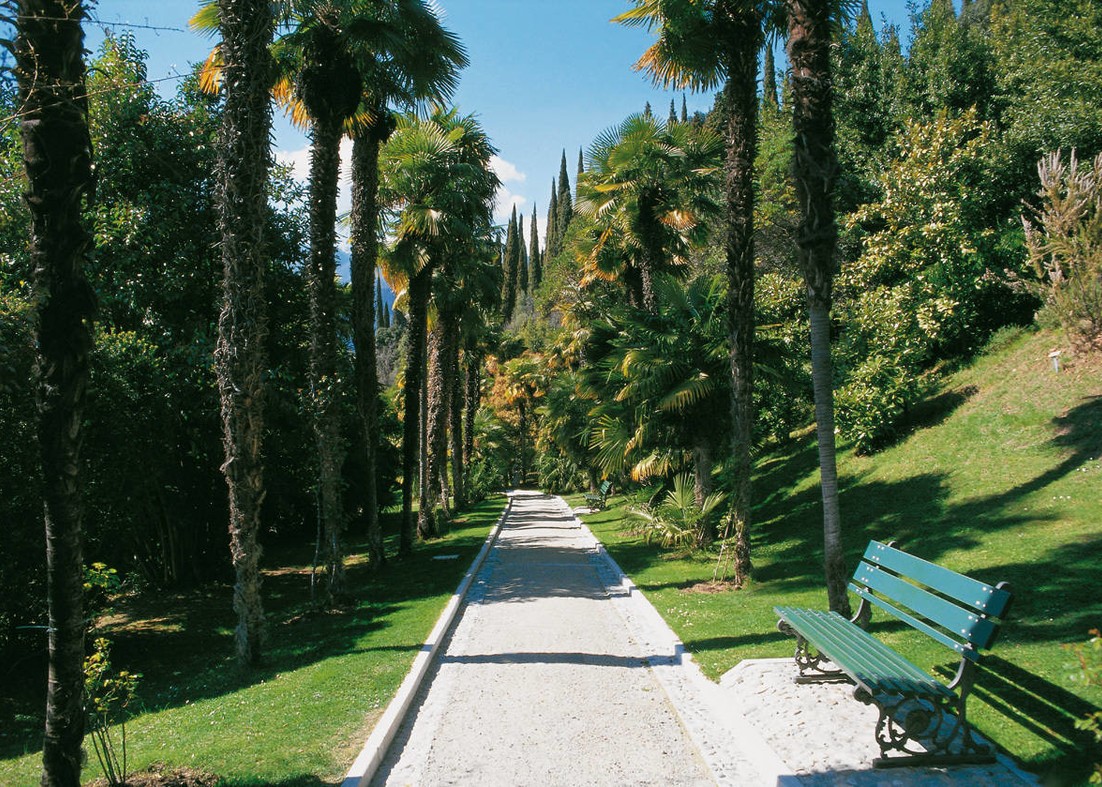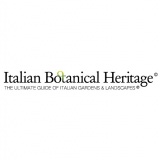
The Arco Arboretum, in Trentino Alto Adige, was created by Archduke Albert of Habsburg near the Archducal Villa, around 1872, when the town was the winter residence of the Austrian imperial court. In the 1960s, Walter Larcher, professor of botany at the University of Innsbruck, was entrusted with the creation of the botanical garden. In 1993, following careful renovation and revaluation, the Arboretum became a branch of the Tridentine Museum of Natural Sciences in Trento.
Inside, "miniature plant landscapes" were created, with the aim of evoking the original environments of the various tree species. Equipped with labels and information notes in Italian, English and German, in order to make learning easier for the native population and for students and tourists coming from different states and interested in the subject, the arboretum can be considered and defined, with its surface of about one hectare, a natural museum.
The mild climate, characteristic of this area, has allowed more than 150 species from all over the world, mainly Mediterranean and subtropical, to find a habitat favorable to their growth and conservation.
Within this renowned educational center of international importance, educational programs involving thousands of students a year and important academic research on the relationship between climatic conditions and flora are carried out.
Among the environments and botanical associations reconstructed in the Arboretum we must remember: the Mediterranean maquis, the Asian and subtropical plants, the conifer grove, the bamboo jungle, the lemon house, the pond characterized by the presence of water lilies and calle (Zantedeschia spp.), the path of the palm trees and the slopes where brooms grow (Cytisus spp.).
It is also worth mentioning the presence of beautiful specimens over a hundred years old including holm oaks (Quercus ilex) and Californian cypresses (Calocedrus decurrens) located near the entrance, the Lawson cypress (Chamaecyparis lawsoniana) and the evergreen redwood (Sequoia sempervirens), one of the oldest specimens in Europe.



